July Leadership Connect Call
“Great Salespeople are relationship builders who provide value and help their customers win.” — Jeffery Gitomer
July 30: ‘Making Selling Easier’
Looking to the Fall, there’s a lot to be optimistic about as the sales cycle begins to pick up again. COVID in Canada seems to be coming under control. Kids will be going back to school and people returning to the office. This is a good time to put the building blocks in place to optimize sales in Q4.
In our Leadership Call last June, Linda Kern from the Kern Group led a discussion about the selling process and how to close business. In July we continued the discussion, sharing tactics about making selling easier and increasing sales close rates.
Here are some key points that were covered…
Packaging Services for Clients
Cathy wants to change the model for how she packages services for her clients. Right now, she’s working on the accountability process, improving how she estimates her team’s time.
“I need to make my team more efficient, because we’ve grown and will grow again in the fall. We need more structure than we have right now.”
Dan said his company is working on streamlining service packages to systemize the quoting process; offering Rolls Royce, Toyota Corolla and Chevy versions.
“It’s about standardizing recurring deliverables.”
Evan is looking to build a package where his life coaching services and his writing services co-habit. His life coaching clients often need writing assistance, and both services involve communication. He agrees with Dan that templates make sense, where you give your clients a framework for crafting their messages themselves, then you refine it with them as necessary.
Alex likes to build a buffer into his basic cost, a 20% surplus as a sales contingency in case the project takes longer than expected.
Boris finds that estimating the time and effort needed for a project can be very difficult, as his team does custom work and there are many ways to create the same thing.
“So for most of our projects, we provide 3 estimates: minimum, maximum, and most likely.
Then we charge for the time the project actually took.”
Alex adds that he also charges an additional 5% for each piece of equipment he’s bringing in.
“Quantify it now… future proof it. Work with those clients who are willing to pay more.
Work with more gazelles and elephants, and not bunny rabbits.”
Improving team performance
Linda suggested, in response to Alex’s question “How do you deal with people who are underperforming?”, to replace the word “micromanaging” with “show them what success looks like.” Make sure the person understands:
What a successful day and week looks like
How they can be successful in their job
What’s wrapped up in your expectations of the person
Several people agreed with Linda about the importance of weekly or daily meetings to discuss goals, what everyone is working on, and who needs assistance; to identify priorities, put next steps in the right order, and make sure everyone’s in alignment.
Chantelle has a system in place for onboarding interns, which includes:
A test assignment as part of the application process, to see how they work, think, fit in.
Projects lined up for them once they’re on board.
A team member who orients them with their project management system.
Her group uses Clockify to track how much time someone is spending on a particular project, and flag it if they might need help.
As well, her practice has benefitted from providing internships to co-op students from post-secondary institutions. She finds they are motivated by the fact that their performance is tied to a written report that impacts their grade, which in turn is tied to their graduation.
To Build Your Business, Add Value First
Alex is creating value for young professionals by developing an online course on how to produce video content for social media. The course will help his company build more EAT – Expertise, Authority, Trustworthiness – in the social media market, which will have a ripple effect in building his business.
Dan has seen success with his clients by creating free workshops and round table discussions. He feels it’s about bringing people together, hearing their problems, discussing them, then booking a follow-up afterwards to talk about what next steps can taken together.
“You have to serve before you can sell.”
Tasting the Chocolate
Linda relates this value-added approach to the sales process, where you:
Set up a discovery meeting to find out how you can help the organization – their pain points, needs, etc.
Follow up with one or more “proof of concept” meetings, where you give them a “taste of the chocolate”… a chance to get to know you better, get a sense of your style and what it’s like to work with you as part of their team, how you can help them where they’re stuck in accomplishing their goals. It’s an opportunity to build your value and their trust in you.
At the same time, you can determine whether they’re a good fit for you, and if it’s worth submitting a proposal.
Anthony is concerned about giving them a taste of the chocolate without giving them the whole chocolate bar.
Linda recommends saving time by walking them through a project similar to theirs to get a sense of your process – a case study where you explain how you managed the process, what the end product was, and the impact it had on their business. This gives them a sense of what you’re like, your demeanor, personality, work style; that you listen well, you’re open, passionate about the business, have been doing it a while…
“… anything that gives them that sense of you.”
Boris agrees 100% with Linda. He only provides a full proposal to those who agree to meet with him at least once or twice.
For Dan, when the goal is a creative product, like brand identity, he shows them some of the big projects he’s earmarked. He walks them through the mood boards, and from there works with them to build out a full brand guideline that encompasses all the different pieces.
Evan agrees with Dan that setting out your internal processes really helps to support sales conversations.
“It demonstrates your focus and business-like approach,
which goes beyond traditional relationship building with soft skills.”
Sharing Referrals
Lois and Dan, who have complementary businesses and partner on projects, share referrals and support each other to bring in more business. As Dan puts it,
“How can I leverage my referral partners?
Support them in bringing in more business that will then bring me more business, and vice versa.
It’s not just about my direct client sales experience.
It’s also about supporting those people who feed me. We bolster one another.”





